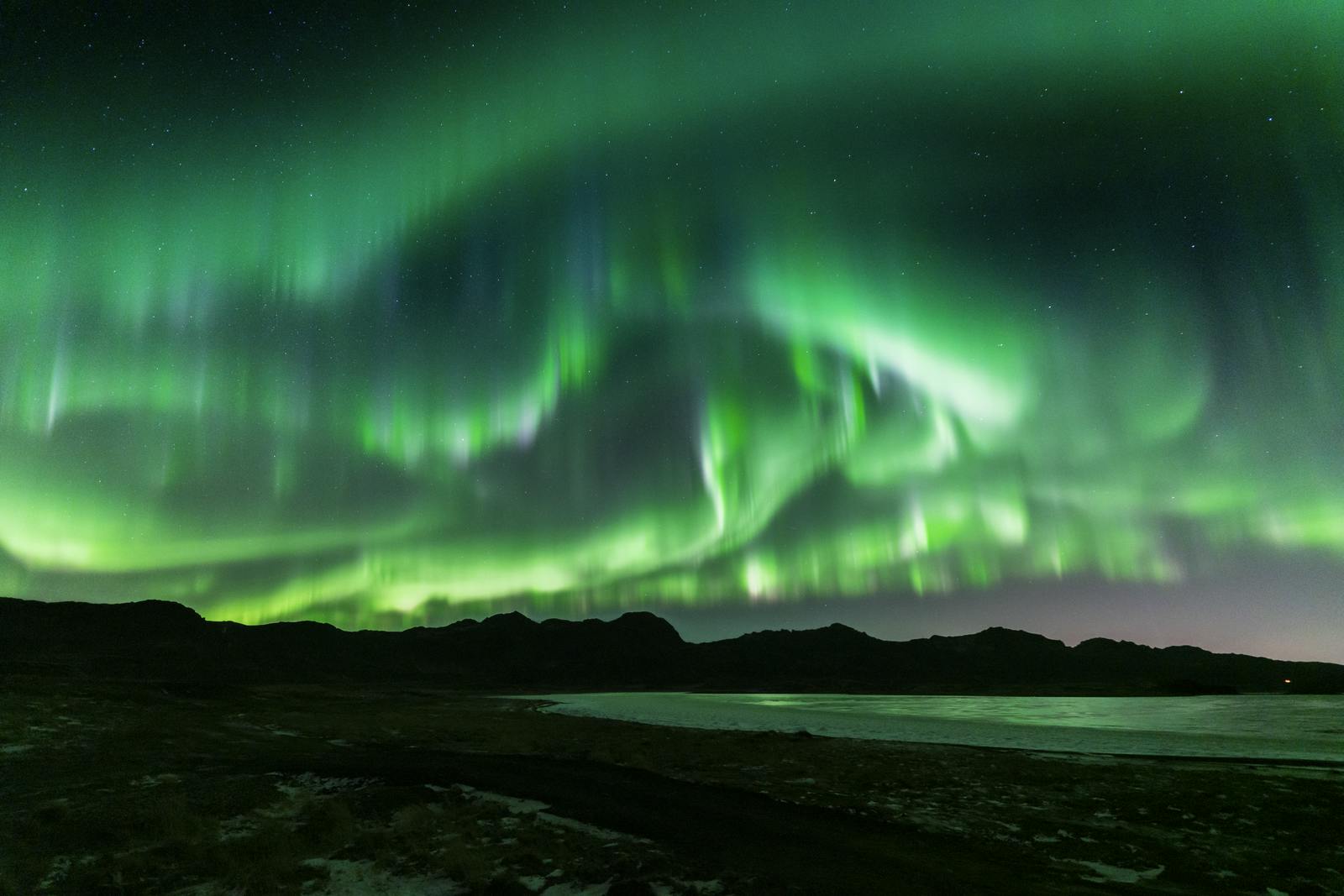
Guide to Kleifarvatn Lake Iceland
Kleifarvatn is a captivating lake located on the Reykjanes Peninsula in Iceland. It is the largest lake on the peninsula, covering approximately 10 square kilometres. It is one of Iceland's deepest lakes, reaching a depth of 97 meters (318 feet). What sets Kleifarvatn apart from other lakes is its striking and otherworldly beauty, surrounded by volcanic rock formations and a rugged, lunar-like landscape.
One of the notable features of Kleifarvatn is its eerie and mystical atmosphere. The contrast between the dark, jagged rocks and the crystal-clear waters creates a visually stunning sight. The lake's surroundings, including vast lava fields and swirling mists, contribute to its enchanting ambience. Walking along the shoreline feels like entering a mythical realm where time stands still.
One of the intriguing aspects of Kleifarvatn is its mysterious water source. Unlike most lakes, it has no visible inflow or outflow, and its waters are solely fed by underground springs. People have been baffled by the lake's origin, making it an enigma that adds to its allure.
By visiting Perlan in Reykjavík, you can learn more about the importance of water in Icelandic nature as well as experience the beauty by exploring the interactive exhibitions.
Location and Geological History
Kleifarvatn also boasts a fascinating geological history. It was formed under the ice-age more than 10,000 years ago during a subglacial volcanic eruption that left a deep depression that got filled with water when the ice-age glacier retreated. The volcanic activity in the area is evident, with hot springs and thermal areas nearby, offering a glimpse into Iceland's geothermal wonders.
The lake's location on the tectonic boundary between the Eurasian and North American plates adds to its geological significance. As part of the Mid-Atlantic Ridge, visitors can witness visible signs of tectonic activity, such as fissures and cracks running through the landscape. It serves as a reminder of the dynamic forces shaping our planet.
The region in which Kleifarvatn is located is known for its geothermal and geological activity. Most of the landscape is made of a rock type called hyaloclastite, formed in eruptions below the thick glacier that covered the whole country during the ice-age. There are a few active
What To Do At Kleifarvatn?

Kleifarvatn is a haven for outdoor enthusiasts and nature lovers. Hiking trails around the lake and the nearby hills offer breathtaking views of the surrounding scenery and opportunities to observe Iceland's diverse flora and fauna. The lake is also known for its trout population, attracting anglers who enjoy fishing in its tranquil waters.
Despite its remarkable beauty, due to its remote location, Kleifarvatn remains relatively untouched by mass tourism. This allows visitors to experience a sense of solitude and serenity amidst Iceland's unspoiled wilderness. Whether you seek reflection, connection with nature, or simply an escape from the busy world, Kleifarvatn provides a sanctuary of peace.
Kleifarvatn in Folklore

Kleifarvatn, with its mystical ambience and enigmatic nature, has become a subject of folklore and tales. The lake's captivating beauty and mysterious qualities have inspired local legends and stories passed down through generations.
The Hidden City of the Elves
Kleifarvatn is said to be home to a hidden city of elves. In Icelandic folklore, elves are believed to be supernatural beings living in nature, often unseen by humans. The area surrounding the lake is said to be a gathering place for these mystical creatures, who are said to reside in the lava fields and rock formations.
The Sleeping Giant
Another tale tells of a giant who is said to lie beneath the surface of Kleifarvatn, sleeping for centuries. It is believed that the giant's presence is responsible for the lake's mysterious waters and its lack of a visible water source.
Hidden Treasures
Treasures are said to be hidden beneath the lake's depths or within the surrounding volcanic landscapes. Stories tell of brave individuals who ventured to find these hidden riches, encountering various challenges and obstacles along the way.
Kleifarvatn FAQ

Is It Possible To Swim In Kleifarvatn?
While Kleifarvatn may appear enticing for a swim due to its clear waters, swimming in the lake is rare.
How To Get To Kleifarvatn?
Reaching Kleifarvatn is relatively convenient, especially if you are based in Reykjavík. The lake is located on the Reykjanes Peninsula, approximately a 40-minute drive from downtown Reykjavík.







